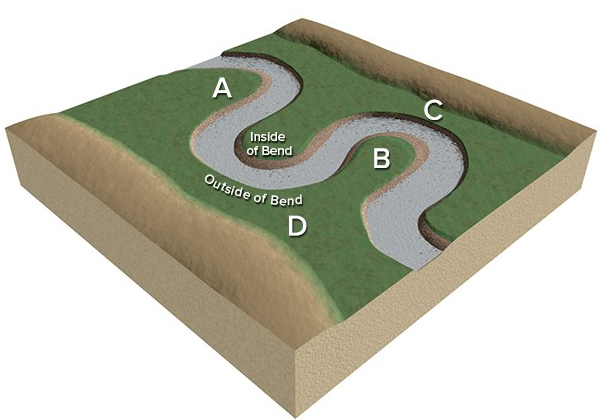Contrast the different roles of turbulent heat transfers and conduction in modifying the thermal response of a land surface and ocean surface
What will be an ideal response?
Oceans absorb more of the available solar energy than do land surfaces at the same latitude. An ocean surface rapidly transfers heat downward by turbulent mixing and to the atmosphere above by convection. The land surface rapidly loses heat to the atmosphere by convection, but it transfers heat downward relatively slowly by conduction. Water has a high thermal conductivity, whereas land surfaces have low thermal conductivity. The heat capacity of water is about three to four times that of dry soil. Thus, the input of a given amount of energy will raise land temperatures much more than it will raise sea-surface temperatures. Differential absorption of the two surfaces is different. Whereas all the solar radiation falling on the land surface is reflected or absorbed right at the surface, some of the solar radiation falling on the ocean penetrates and is absorbed below the surface. Hence, energy is transferred downward more rapidly through water than through land.
You might also like to view...
At which site along this stream would a cut bank form?

A) A
B) B
C) C
D) D
Which of the following is true of the individual resonance structures which contribute to a resonance hybrid?
A) Each resonance structure actually exists. B) Each resonance structure is more stable than is the resonance hybrid. C) In going from one resonance structure to another the electrons move from one location to another. D) None of the above is true.
What temperature scale should be used if we wish to express Charles's Law as a simple direct proportionality?
A) Fahrenheit B) Celsius C) Kelvin D) It makes no difference.
Which of the following is NOT a correct match?
A. O Horizon: Humus B. E Horizon: Eluviation C. B Horizon: Parent Material D. A Horizon: Topsoil